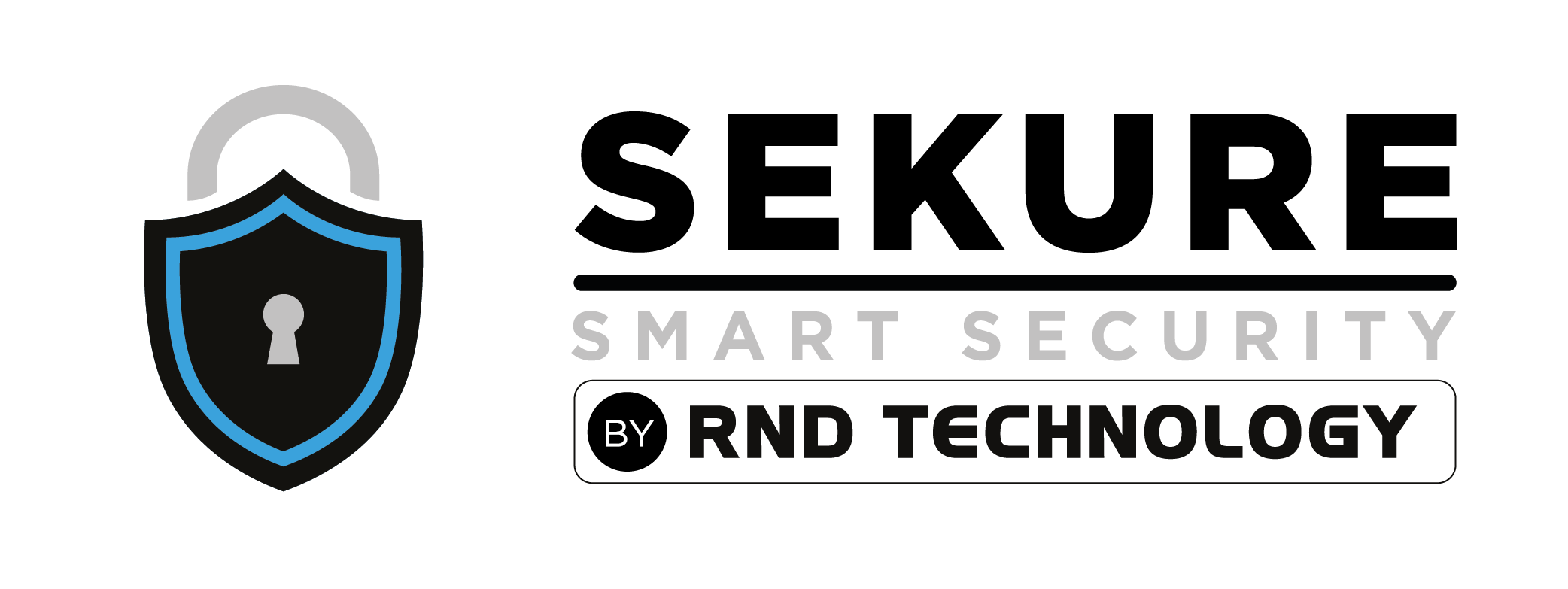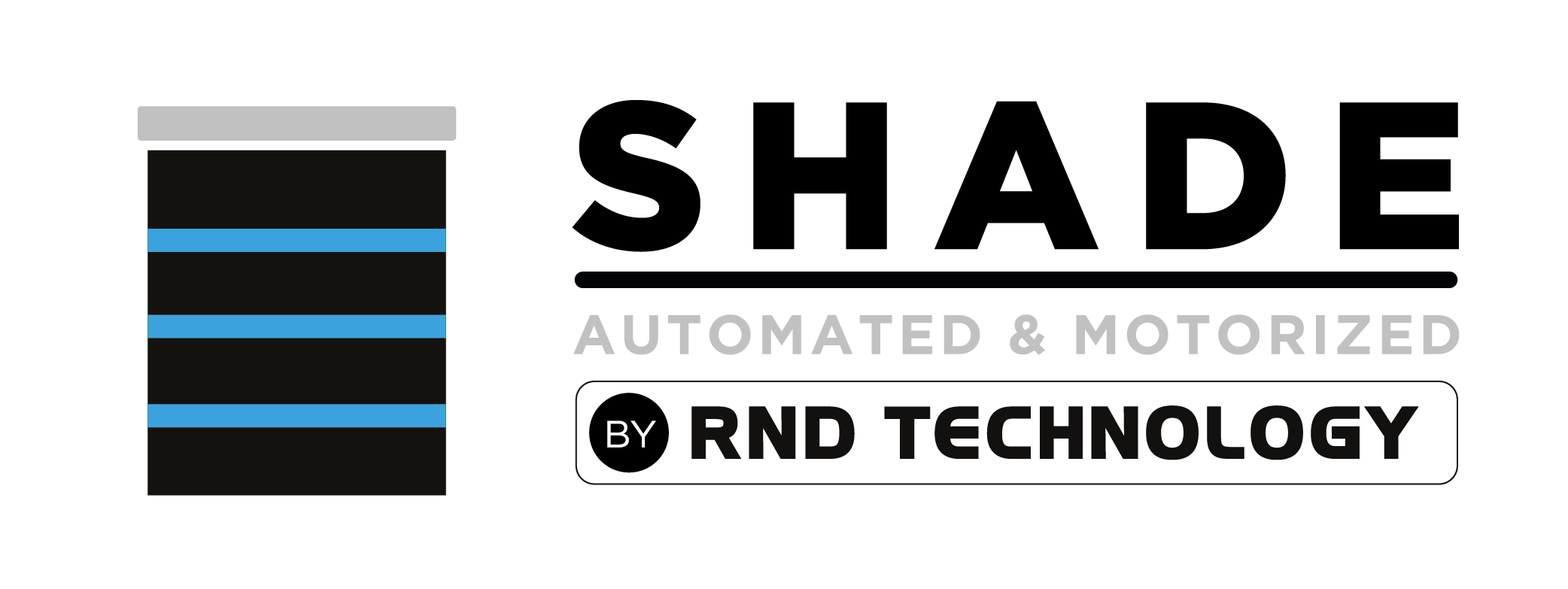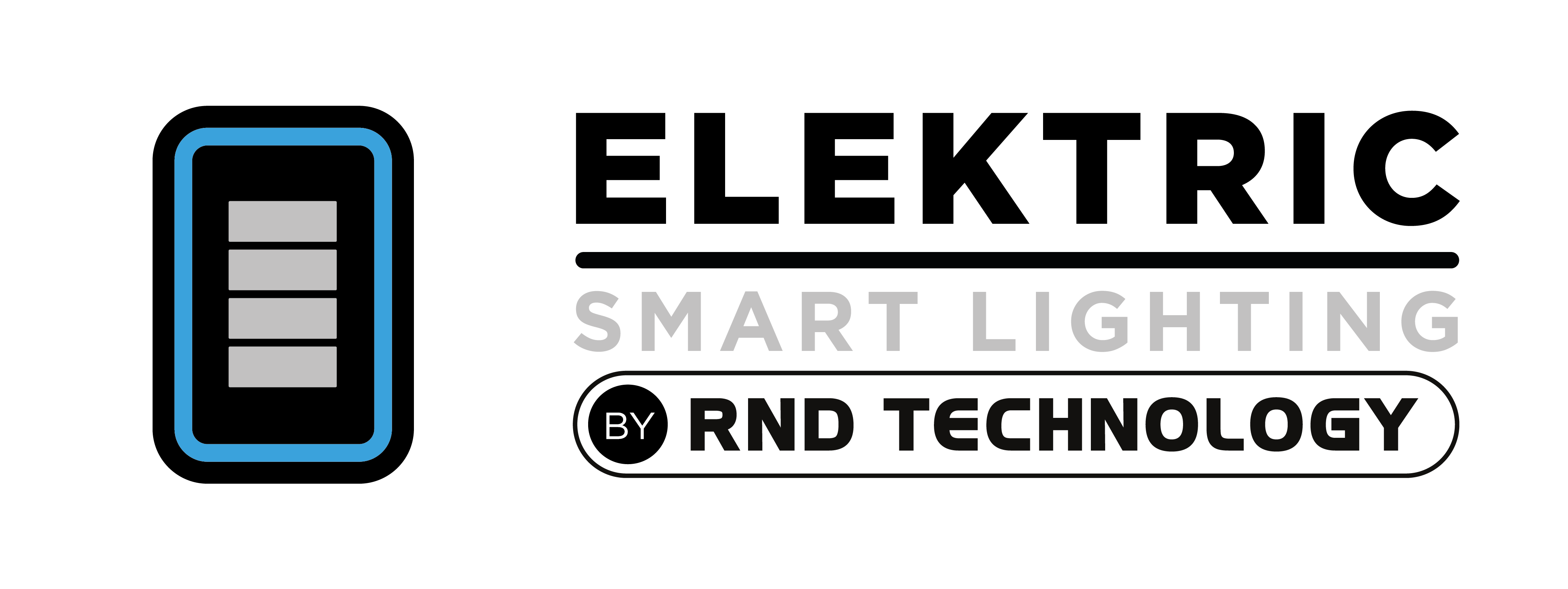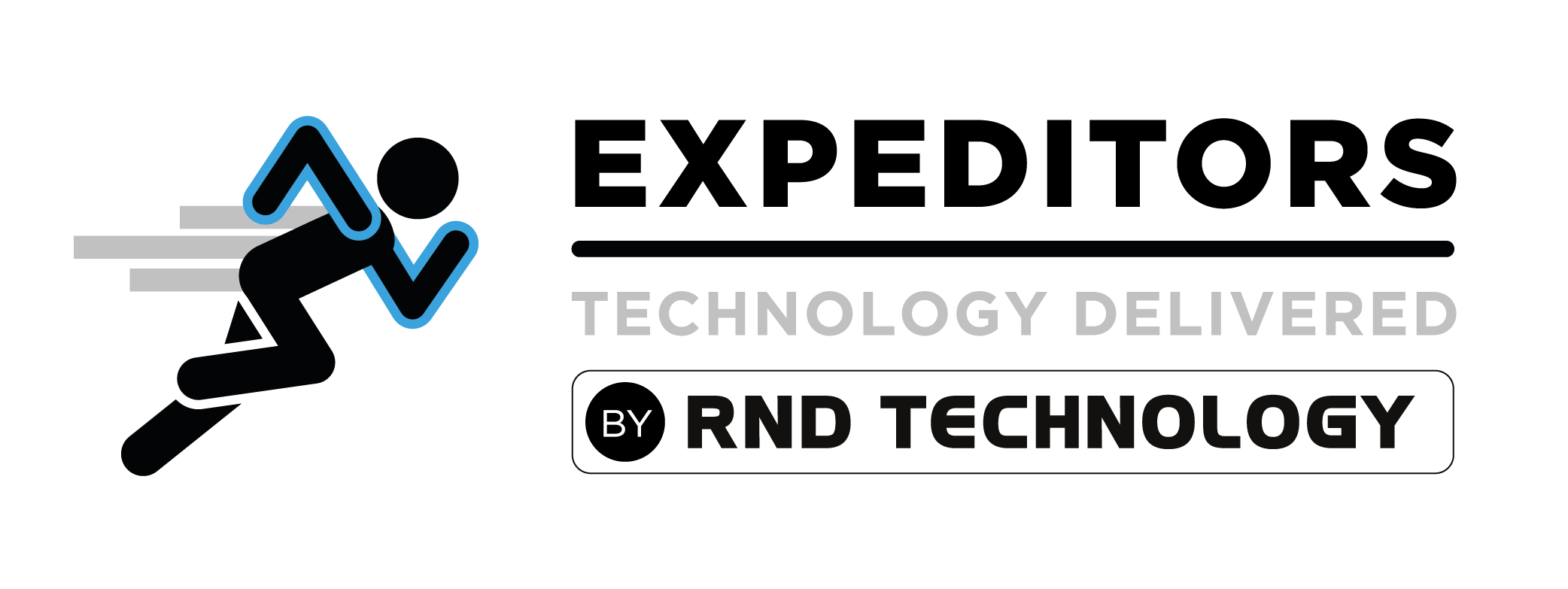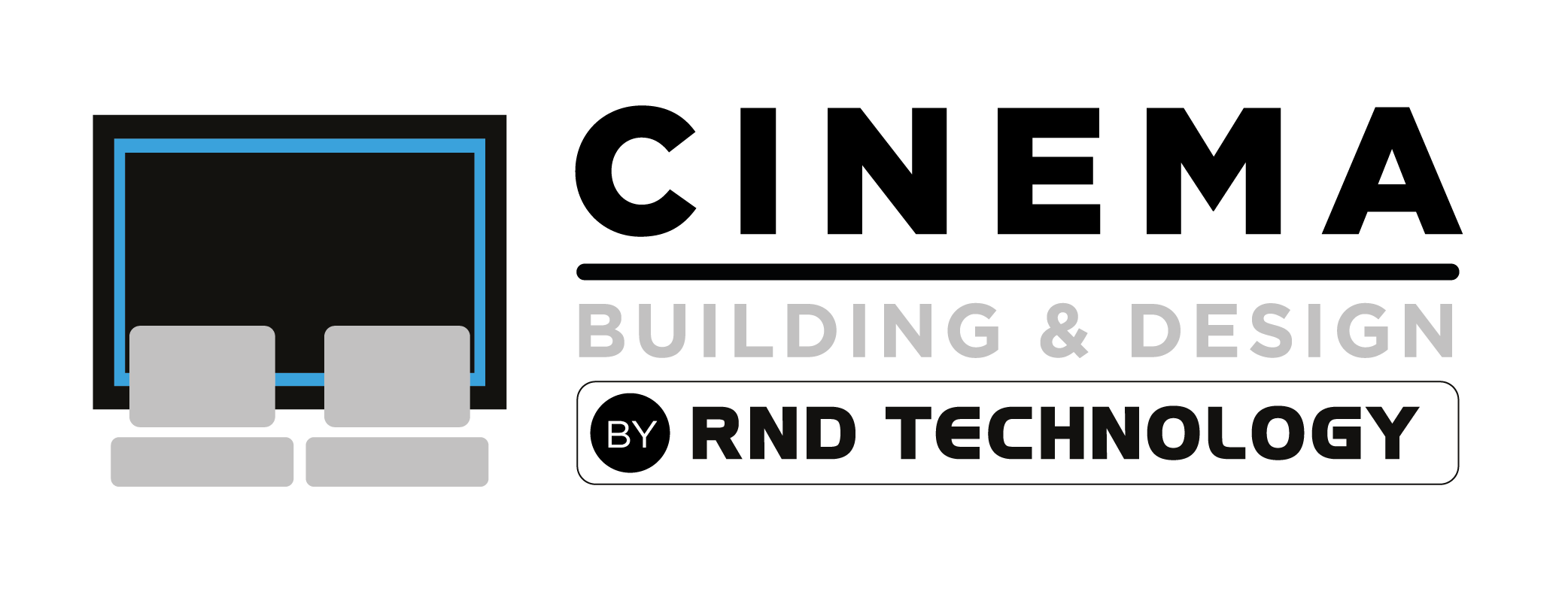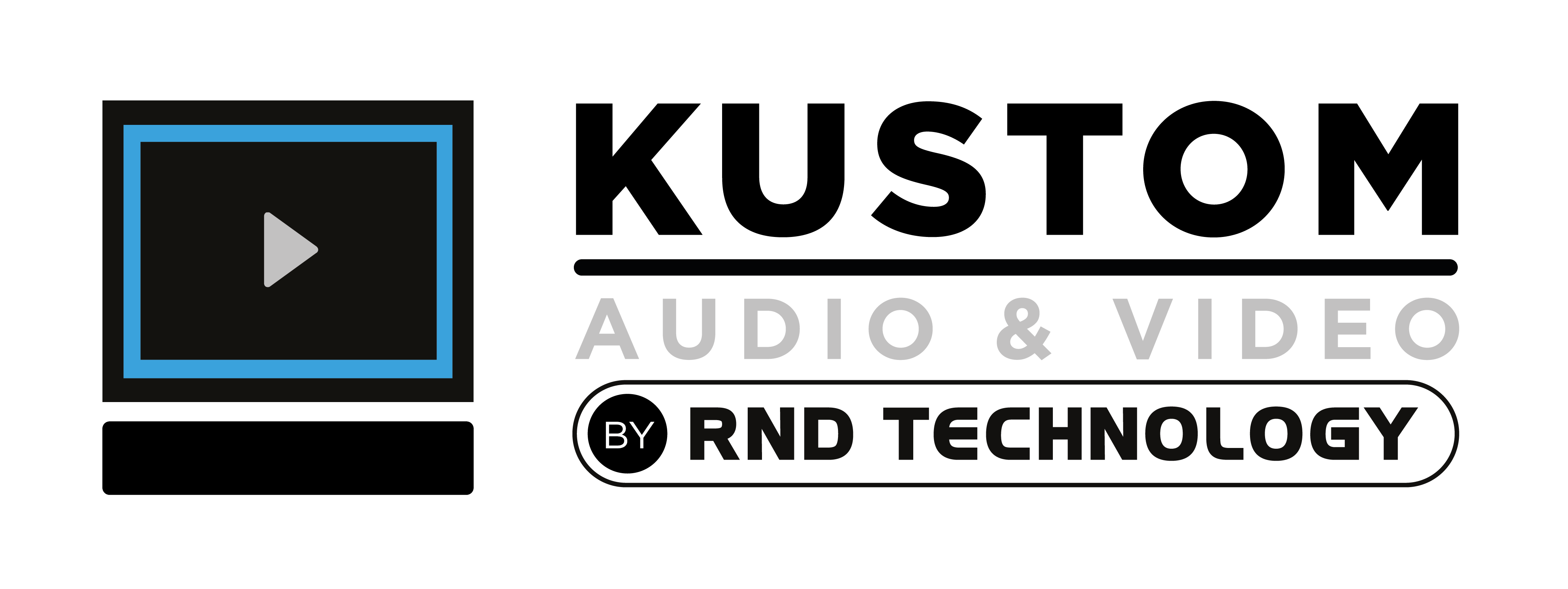In audio-visual (AV) systems, regular maintenance is crucial for ensuring optimal performance and longevity. A great way to stay on top of this is by creating an Audio Visual Maintenance Checklist. An integral part of this maintenance is conducting visual inspections routinely. This practice not only preserves the quality of AV equipment but also guarantees that these systems function effectively when needed. This article explores the significance of a regular visual inspection regimen, particularly focusing on how an Audio Visual Maintenance Checklist can be a game-changer for businesses and individuals relying on these technologies.
Understanding Visual Inspections
Visual inspections involve thoroughly examining audio-visual equipment to identify signs of wear, damage, or malfunction. Unlike technical diagnostics, visual checks are quick, non-invasive, and do not require specialized equipment. For AV systems, this could mean inspecting cables for fraying, checking for loose connections, looking for signs of overheating in equipment, or simply ensuring that devices are clean and dust-free. Regular visual inspections help identify potential issues before they escalate into costly repairs or cause unexpected system failures.
Key Benefits of Regular Inspections
Regular visual inspections offer several benefits:
- They enhance the reliability of AV systems. Equipment failures during crucial moments can be detrimental, especially in conference rooms, theaters, or live events. Regular checks ensure that all components are in good working order.
- These inspections can extend the lifespan of equipment by catching and addressing minor issues early.
- Regular maintenance helps maintain the quality of audio and visual output, which can degrade over time due to dust accumulation, cable wear, or other environmental factors.
Crafting an Effective Audio-Visual Maintenance Checklist
An Audio Visual Maintenance Checklist is a systematic approach to conducting these inspections. This checklist should include:
- Physical Examination: Check for any visible signs of damage, such as cracks or dents on equipment. Inspect cables and connectors for wear and tear.
- Operational Testing: Test each piece of equipment to ensure it’s functioning correctly. It includes listening for any distortion in audio and checking for clarity and color accuracy in visual outputs.
- Ventilation and Overheating Check: Ensure that all devices have adequate ventilation space and are not overheating.
- Firmware Updates: Check if any firmware updates are available for devices, as these can improve functionality and security.
- Dust and Debris Clearance: Regularly clean equipment surfaces and connectors to prevent dust build-up, which can affect performance.
- Signal Integrity Check: Verify that all signals (audio and video) are transmitted clearly without interference.
- Backup Systems Check: Ensure that backup systems like power supplies and secondary cables are operational.
This checklist should be tailored to the specific equipment and needs of the environment where the AV system is used.
Long-Term Advantages of Regular AV System Inspections
Regularly inspecting and maintaining AV equipment has long-term advantages. It ensures that systems are always ready for use, reducing the likelihood of malfunctions during critical operations. Additionally, it contributes to cost savings by minimizing the need for expensive emergency repairs or premature replacements. For businesses, this means uninterrupted operations and meetings, while for entertainment venues, it guarantees the best possible experience for audiences.
Performing Visual Inspections: DIY vs. Professional Assistance
Conducting visual inspections can either be a DIY task or done by hiring a professional, depending on the complexity of the AV system.
DIY Approach: Individuals can perform visual inspections using the checklist for basic AV setups, such as in-home theaters or small conference rooms. It involves checking cables for damage, ensuring all connections are secure, testing the audio and video quality, and checking for any physical signs of wear or damage on the equipment.
Hiring a Professional: For more complex systems, like those in large venues, corporate settings, or specialized installations, it’s advisable to hire a professional. AV technicians bring expertise in handling sophisticated equipment, can perform more detailed checks, and are skilled in identifying issues that might need to be more evident to the untrained eye. They can also provide advanced services like acoustic testing and system calibration.
Frequency of Inspections:
The frequency of visual inspections can vary based on the usage, environment, and type of equipment. As a general guideline:
- For Home Use: Conduct a basic visual inspection every three to six months. Increase the frequency if the system is used heavily or if it’s in an environment prone to dust or temperature fluctuations.
- For Professional Settings: Monthly inspections are recommended. Consider bi-weekly checks in high-use environments like recording studios, theaters, or conference centers.
- Annual Professional Check-Up: Regardless of the setting, an annual in-depth inspection by a professional is advisable to ensure the longevity and performance of the AV system.
Regular visual inspections, whether done independently or by professionals, are critical to maintaining the health and functionality of your AV equipment. Adhering to a scheduled maintenance routine can prevent unforeseen issues, ensuring your audio-visual experiences remain top-notch.
Conclusion
In conclusion, regular visual inspections, guided by a detailed Audio Visual Maintenance Checklist, are essential for the health and performance of AV systems. These routine checks safeguard against unexpected failures, extend equipment life, and ensure the delivery of high-quality audio-visual experiences. RND technology is at your service for any inspections you may need to perform. If you have questions, please reach out, and we can walk you through the process.
